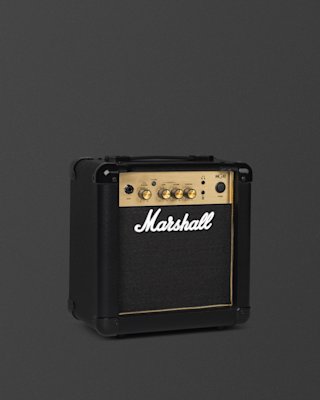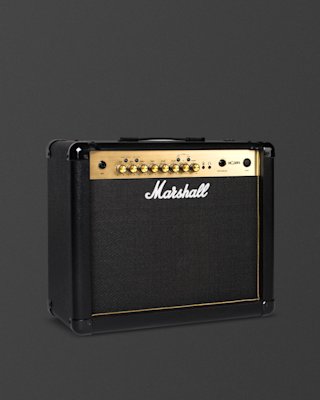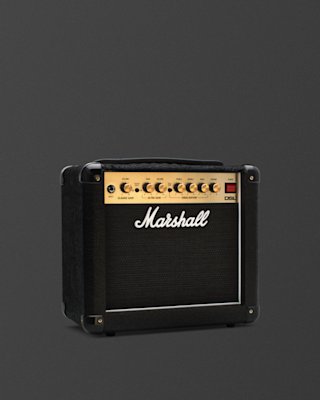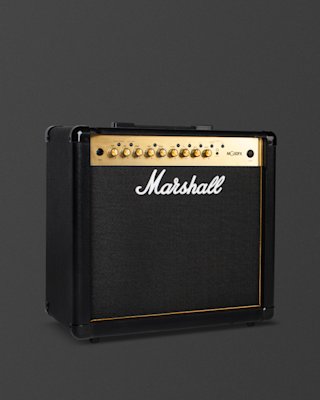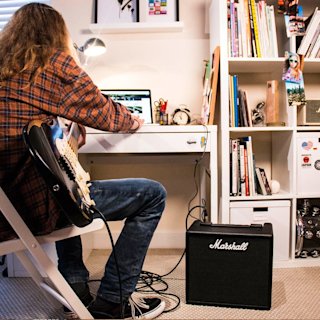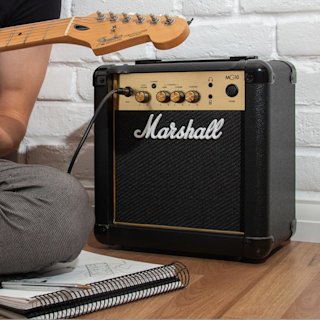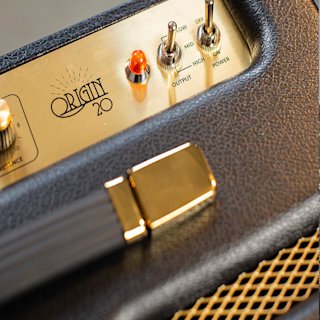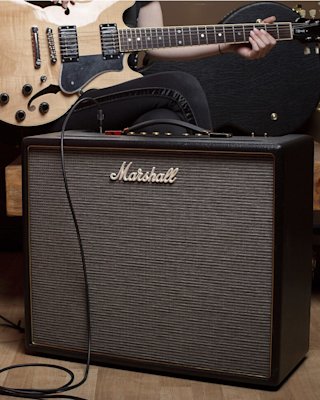
When the urge to rock takes over, there's nothing you can do except grab your guitar and let loose. But what if that need hits late at night? Or what if you're in a house with rock-hating parents or housemates? Whether you're jamming after hours, sharing a thin-walled flat, or just trying to be more considerate, there are affordable ways to reduce your volume and control your sound. You don't need expensive professional soundproofing to play comfortably at home.
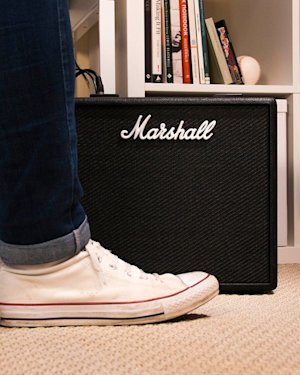
Real soundproofing (the kind you find in professional studios) typically requires structural changes like adding dense materials to walls or creating isolated rooms. However, you don't need to go that far to lower the noise levels and keep the peace at home. With a few savvy choices and simple adjustments, you can play comfortably without disturbing the people around you.
Here's how to soundproof your space on a budget, and the best Marshall amps that help you play quietly, without losing the tones you love.
Principles of soundproofing
Soundproofing relies on a couple of basic principles. The first is reducing the number of reflective surfaces, like bare walls or hardwood floors. The second is reducing the amount of sound that leaks from places such as doors and windows.
Choose the right amp
Making less noise starts with using the right gear. Many Marshall amps are designed for home use and have features such as built-in power reduction and headphone outputs. If you want to play without disturbing the people around you, a home-friendly amp is your best starting point.
Our top picks:
· MG10, MG15G, MG15GFX, MG15GR: Compact beginner-friendly amps with emulated headphone outputs for silent practice. · DSL1 Head, DSL1 Combo, DSL5 Combo: All-valve tone in low-watt formats, with headphone outputs and power control. · Origin20 Head, Origin20 Combo: Includes Powerstem™️ technology to reduce output while keeping your tone intact. · CODE25, CODE50: Digital amps with Bluetooth, USB and silent headphone use. · MS2 and MS4 Micro Stacks: Tiny amps with surprising punch, ideal for limited space.
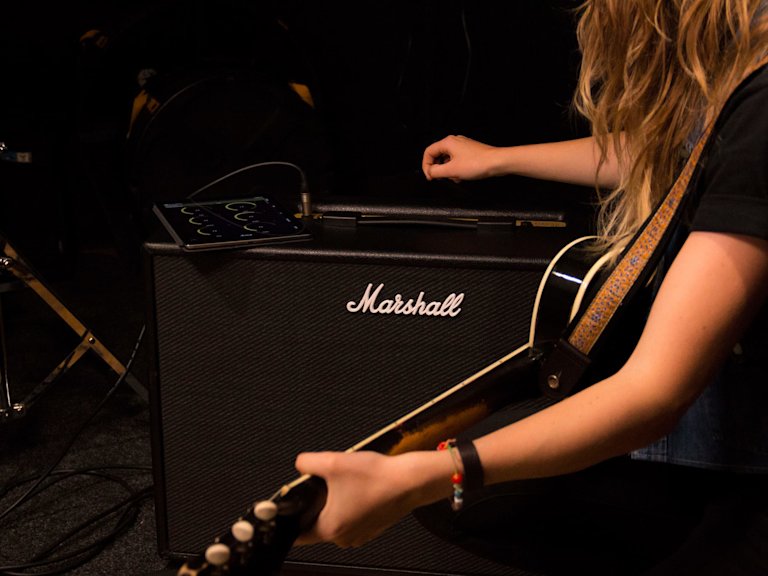
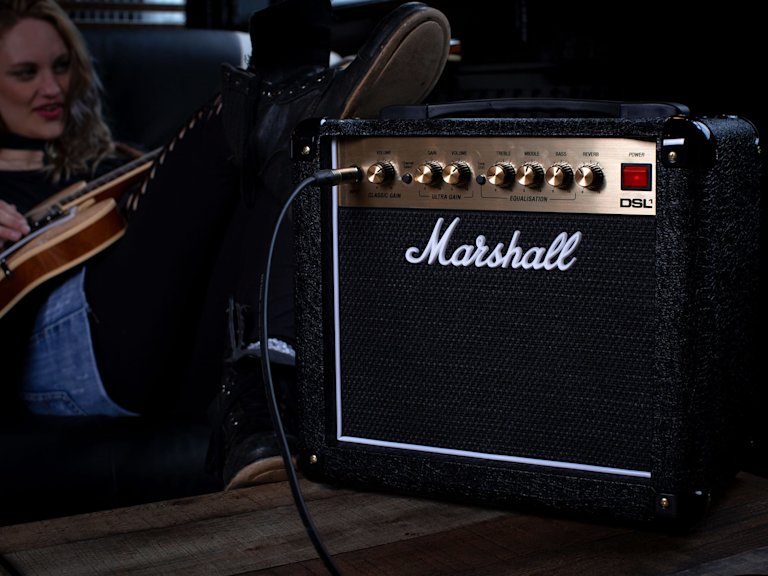
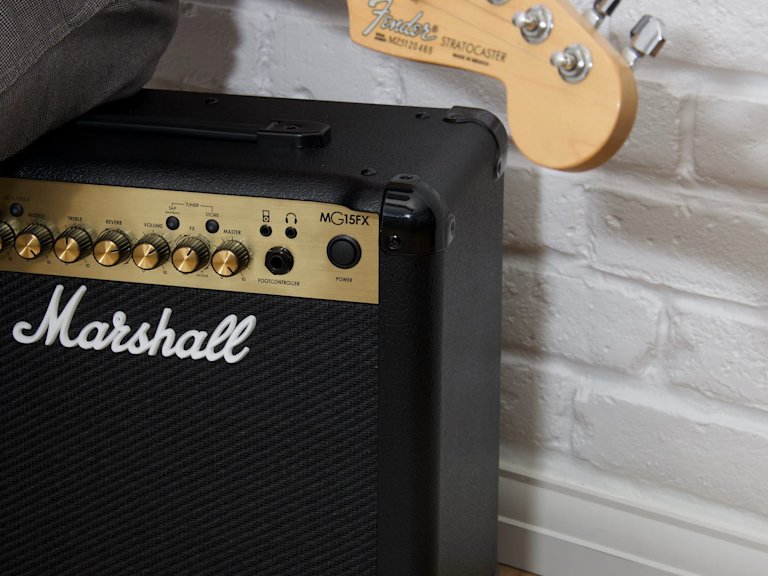
Make less noise
Producing less noise from your instrument doesn't necessarily mean playing quieter. For electric instruments like the guitar or bass, it's as simple as choosing the right practice amp. For example, amps in our MG Gold range all come with an emulated headphone output for silence practice, and our Origin amps feature Powerstem™️ technology, so you can switch to low power mode without affecting sound quality.
Cover your walls
Covering up your walls is one of the cheapest ways to cut reflections and tame your sound. Take care of both acoustics and décor by mounting blankets or rugs on the walls. You could also put up paintings or move bookshelves and wardrobes so that they stand against the wall. Just don't block the door, unless you're planning on staying in there until you've perfected your unique tone!
Cover your floor
Most professional rehearsal or recording spaces are carpeted for a reason, but this doesn't mean you need to rip up your floorboards or call your local handyman. A few rugs and mats create a similar effect and can often be sourced second-hand. Or, if you're feeling super creative, you can even make your own rug out of old clothes or fabric. However, we recommend not using your old band tees - you'll only regret it!
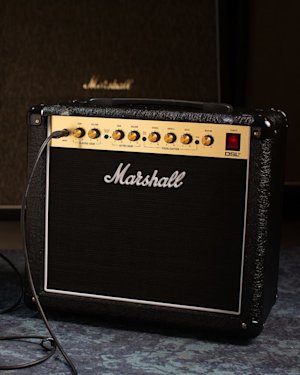
Get rid of those gaps
The gap under your door is probably the biggest culprit when it comes to sound leakage, but luckily, it's an easy fix. Simple draft blockers or door sweeps can make a big difference and keep the cold air out while at it.
Get some curtains
Cover your windows with heavy curtains to trap sound and prevent too much from leaking out. For those with a slightly bigger budget, specialist soundproofing curtains are available too.
Buy soundproofing materials
DIY acoustic panels are a good compromise if you're eager to create a rehearsal space but not ready to commit to professional soundproofing. These panels are often self-adhesive, so you can peel and stick them to the wall. If you're looking for something a little more subtle, soundproof wallpaper is also an option.
You don't need a professional soundproof space to make music at home. With the right amp and a few smart tips, you can turn down the noise and respect your neighbours without sacrificing your tone.
Find the Perfect Amp for playing at home
View all